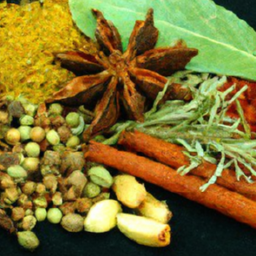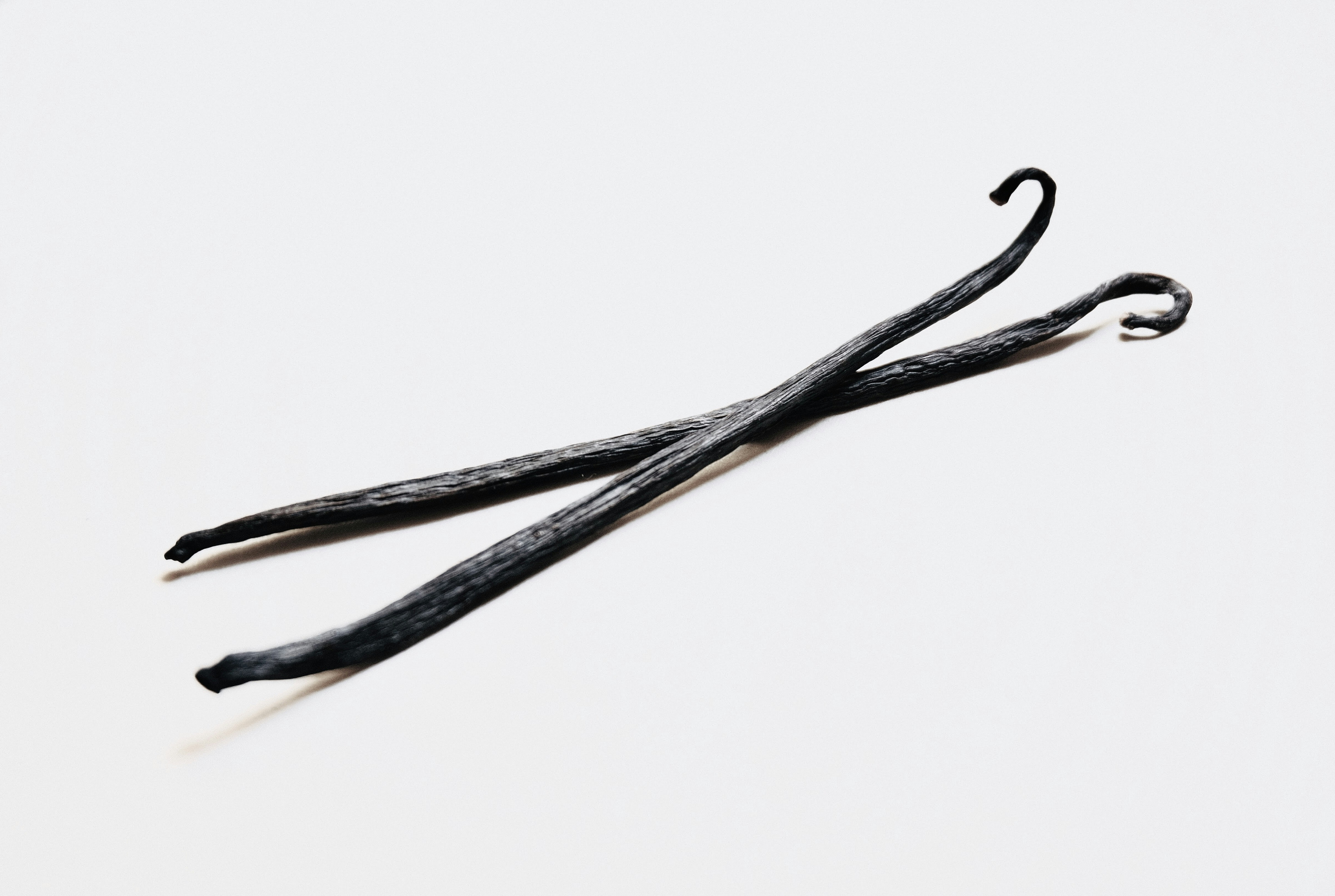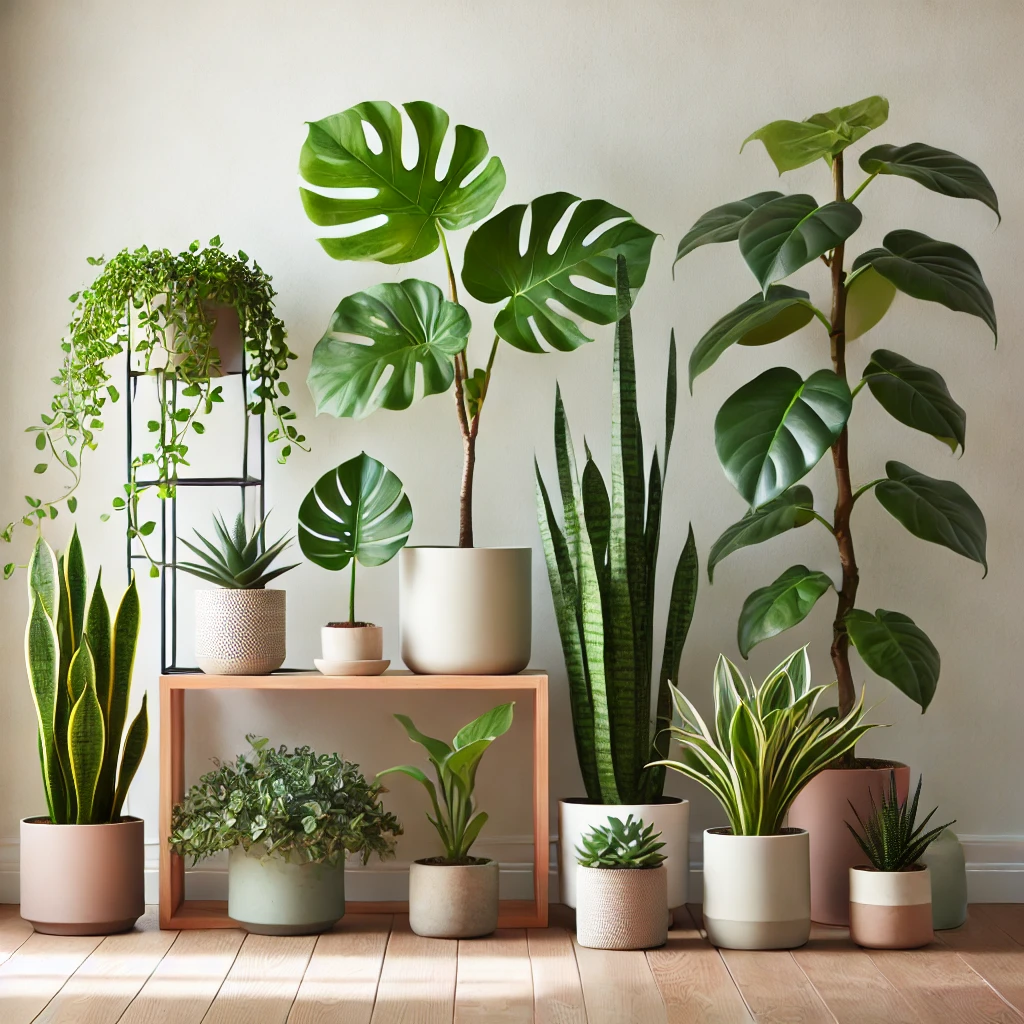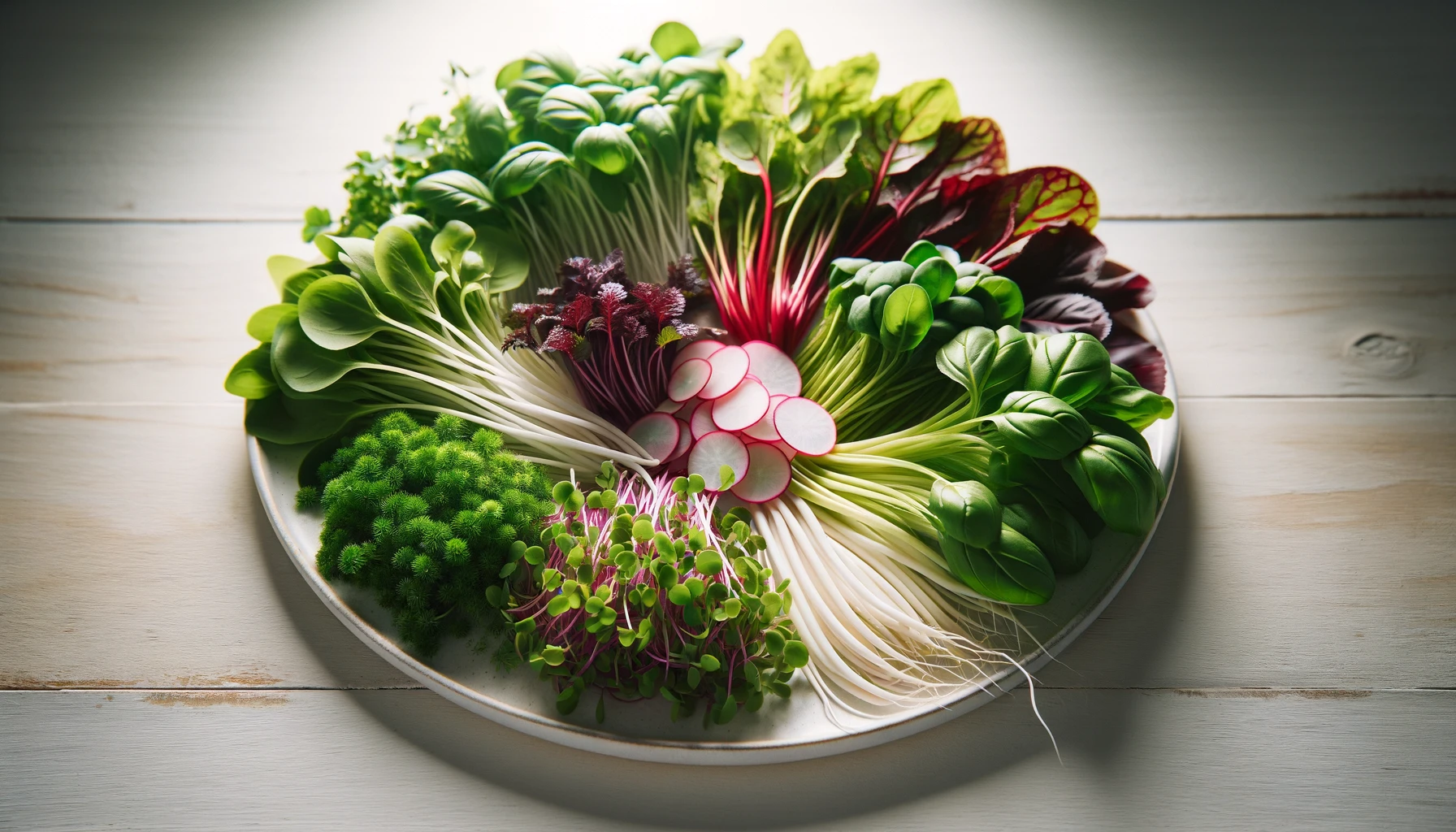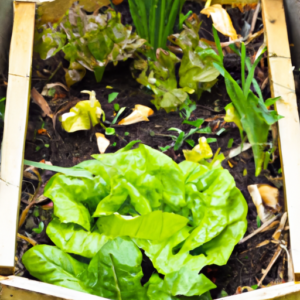Are you ready to embark on a flavorful journey through the world of exotic herbs and spices? Look no further than “Exploring the World of Exotic Herbs and Spices.” This delightful product provides a captivating exploration of diverse flavors, aromas, and culinary traditions from around the globe. With a wide selection of carefully sourced herbs and spices, this experience promises to elevate your cooking to new heights. Get ready to tantalize your taste buds and unlock a world of culinary possibilities with “Exploring the World of Exotic Herbs and Spices.”
The History of Herbs and Spices
Throughout human history, herbs and spices have played a significant role in culinary and medicinal practices. Their rich and diverse flavors have enhanced dishes, while their medicinal properties have been utilized for various health benefits. In this article, we will explore the fascinating history of herbs and spices, from their early use to the present day.
Early Use of Herbs and Spices
The use of herbs and spices dates back thousands of years, with evidence of their use found in ancient civilizations such as Mesopotamia, Egypt, and China. These early cultures recognized the value of herbs and spices for their ability to add flavor to dishes and improve overall health. They were also valued for their perceived mystical and spiritual qualities.
The Spice Trade in Ancient Times
One of the most significant developments in the history of herbs and spices was the establishment of the ancient spice trade. This trade route, which spanned vast distances, connected cultures and allowed for the exchange of valuable spices. From the Silk Road to the maritime trade routes of the Indian Ocean, spices such as cinnamon, ginger, and pepper became highly sought-after commodities.
Culinary and Medicinal Uses Throughout History
Herbs and spices have been integral to culinary traditions around the world. From the fragrant curry dishes of India to the delicate herbal teas of China, their flavors have added depth and complexity to countless recipes. Not only do they enhance the taste of food, but they also possess numerous medicinal properties. Ancient healers and herbalists used herbs and spices to treat a variety of ailments, and many traditional medicinal practices continue to this day.
Popular Exotic Herbs
While there are countless herbs and spices available, some have gained popularity for their unique and exotic flavors. Let’s take a closer look at a few of these herbs:
Cilantro
Cilantro, also known as coriander, is a herb widely used in various cuisines. Its distinct flavor adds a fresh and vibrant taste to dishes, making it a popular choice in Mexican, Indian, and Southeast Asian cuisine. Cilantro is not only delicious but also packed with antioxidants and vitamins, making it a healthy addition to your meals.
Lemongrass
Lemongrass is a perennial grass with a strong, citrusy aroma that is commonly used in Asian cuisine. From soups and curries to teas and desserts, lemongrass adds a zesty and refreshing flavor to dishes. It is also known to have anti-inflammatory properties and can help with digestion and stress relief.
Kaffir Lime Leaves
Kaffir lime leaves are a staple in Thai, Indonesian, and Malaysian cuisine. These aromatic leaves have a distinctive citrusy flavor and fragrance, which adds depth and complexity to curries, soups, and stir-fries. They are also believed to have antimicrobial properties and can help with digestion.
Thai Basil
Thai basil is a variety of basil commonly used in Thai and Vietnamese cooking. It has a sweet and slightly spicy flavor that pairs well with spicy dishes. The aromatic leaves are used in stir-fries, curries, and salads, adding a burst of freshness to the dish. Thai basil is also known for its antioxidant and anti-inflammatory properties.
Saffron
Saffron is one of the most expensive spices in the world, known for its vibrant color and distinct flavor. Derived from the Crocus sativus flower, saffron is used sparingly in dishes, as a little goes a long way. Its earthy and floral notes are often found in dishes such as paella, risotto, and desserts. Saffron is also believed to have antioxidant properties and may have mood-enhancing effects.
Health Benefits of Exotic Herbs and Spices
Beyond their culinary appeal, exotic herbs and spices offer a wide range of health benefits. Let’s explore some of these benefits:
Antioxidant Properties
Many exotic herbs and spices are rich in antioxidants, which help protect the body against free radicals and oxidative stress. Antioxidants play a crucial role in maintaining overall health and reducing the risk of chronic diseases such as heart disease and cancer.
Anti-inflammatory Effects
Certain herbs and spices possess anti-inflammatory properties, which can help alleviate inflammation in the body. Chronic inflammation is linked to various health conditions, including arthritis, diabetes, and obesity. Incorporating herbs and spices with anti-inflammatory properties into your diet can contribute to overall wellness.
Digestive Health
Herbs and spices have long been used to support digestive health. They can aid in digestion, reduce bloating, and alleviate gastrointestinal discomfort. Ginger, for example, is known for its soothing effects on the digestive system, while fennel seeds are commonly used as a natural remedy for indigestion.
Immune Support
Many exotic herbs and spices contain compounds that can boost the immune system and help fight off infections. Garlic, for instance, has been praised for its antibacterial and antiviral properties, while turmeric is known for its immune-boosting effects. Incorporating these herbs and spices into your diet can help support a healthy immune system.
Mood Enhancement
Certain herbs and spices have been traditionally used to enhance mood and promote relaxation. For example, saffron has been studied for its potential antidepressant effects, while chamomile is well-known for its calming properties. By incorporating these herbs into your daily routine, you can promote emotional well-being.
Cooking with Exotic Herbs and Spices
Exotic herbs and spices can elevate your culinary creations with their unique flavors and aromas. Here are some tips for cooking with these ingredients:
Flavor Profiles
Each herb and spice has its own distinct flavor profile, ranging from sweet and floral to spicy and earthy. Familiarize yourself with the flavors of different herbs and spices to understand how they can enhance your dishes. Experimentation is key to finding the perfect balance and achieving harmonious flavors.
Pairing Suggestions
To create well-balanced dishes, consider complementary and contrasting flavors. For example, the bright and citrusy lemongrass pairs well with spicy chilies, while the earthy saffron complements the delicate flavors of seafood. Don’t be afraid to mix and match herbs and spices to create exciting and unexpected flavor combinations.
Cooking Techniques
Different herbs and spices require different cooking techniques to unlock their full potential. Some herbs, like cilantro and basil, are best added at the end of cooking to retain their fresh flavors. On the other hand, spices such as cinnamon and cumin benefit from being toasted before use to enhance their fragrance and depth of flavor. Understanding these techniques will help you make the most of your exotic herbs and spices.

Exotic Spice Blends
Exotic spice blends are a convenient way to incorporate a variety of flavors into your dishes. Here are a few popular spice blends from around the world:
Garam Masala
Garam masala is a fragrant spice blend commonly used in Indian cuisine. It typically contains a mix of spices such as cumin, coriander, cardamom, cinnamon, and cloves. Garam masala adds warmth and depth to curries, rice dishes, and roasted vegetables.
Ras el Hanout
Ras el Hanout is a Moroccan spice blend that translates to “top of the shop” in Arabic, signifying the use of the best spices available. It often includes a combination of spices like cinnamon, cumin, ginger, turmeric, nutmeg, and cloves. Ras el Hanout brings complexity and richness to tagines, couscous, and grilled meats.
Curry Powder
Curry powder is a versatile spice blend that varies in composition depending on the region. It typically includes flavors such as turmeric, coriander, cumin, fenugreek, and chili peppers. Curry powder adds a bold and spicy kick to dishes, making it a staple in Indian, Thai, and Caribbean cuisine.
Chinese Five Spice
Chinese five spice is a classic blend of spices used in Chinese cooking. The blend typically consists of star anise, cloves, cinnamon, Sichuan peppercorns, and fennel seeds. Chinese five spice lends a complex and aromatic flavor to stir-fries, marinades, and roasted meats.
Za’atar
Za’atar is a Middle Eastern spice blend that combines ingredients such as thyme, sumac, sesame seeds, and salt. It is commonly used as a seasoning for bread, cheese, roasted vegetables, and grilled meats. Za’atar adds a tangy, earthy flavor to dishes, making it a unique addition to your spice collection.
Growing and Cultivating Exotic Herbs
If you want to take your culinary adventures to the next level, growing your own exotic herbs can be a rewarding experience. Here’s what you need to know:
Climate and Growing Conditions
Exotic herbs generally have specific climate and growing requirements. Research the optimal conditions for each herb you wish to grow, including temperature, sunlight, and humidity levels. For example, tropical herbs like lemongrass thrive in warm, sunny climates, while herbs like saffron require a cooler environment.
Propagation Methods
Most exotic herbs can be grown from seeds, cuttings, or divisions. Seeds are readily available for popular herbs, while cuttings and divisions allow you to reproduce specific varieties. Each propagation method has its own challenges and requirements, so it’s essential to follow the appropriate techniques for successful growth.
Harvesting and Drying Techniques
Knowing when and how to harvest your herbs is crucial to maintaining their flavor and potency. Harvesting too early or too late can result in a loss of flavor. Once harvested, you can dry your herbs by hanging them in a well-ventilated area or using a dehydrator. Proper drying techniques will ensure that your herbs retain their aroma and flavor for future use.

Exploring Traditional Herbal Medicine
Herbs and spices have long been used in traditional medicine practices around the world. Here are three well-known traditions:
Ayurveda
Ayurveda is a traditional Indian system of medicine that focuses on promoting balance and overall wellness. Herbs and spices are an integral part of Ayurvedic treatments, with specific plants prescribed to address various ailments. Ayurvedic herbs are believed to support the body’s natural healing processes and promote optimal health.
Traditional Chinese Medicine
Traditional Chinese Medicine (TCM) utilizes a vast array of herbs and spices as part of its healing practices. It emphasizes the balance of yin and yang energies within the body, and specific herbs are chosen to restore this balance. TCM herbs are commonly used in the form of decoctions, powders, or herbal supplements.
Indigenous Medicinal Practices
Indigenous cultures around the world have developed their own medicinal practices, often using herbs and spices found in their local environments. These traditional remedies have been passed down through generations and are based on a deep understanding of the plants and their healing properties. Indigenous medicine offers valuable insights into the diverse uses of herbs and spices.
Exotic Herbs and Spices in Alternative Medicine
In addition to traditional herbal medicine, exotic herbs and spices are widely used in alternative medicine practices. Here are a few examples:
Essential Oils
Essential oils derived from exotic herbs and spices are often used in aromatherapy and other alternative health practices. These concentrated oils capture the aromatic compounds of the plants and can be used to promote relaxation, relieve stress, and alleviate various health conditions.
Herbal Supplements
Exotic herbs and spices are frequently used as ingredients in herbal supplements. These supplements come in various forms, including capsules, powders, and tinctures. They are used to support specific health goals, such as immune support, digestive health, or stress relief.
Herbal Teas
Herbal teas made from exotic herbs and spices offer a soothing and therapeutic experience. These teas can be enjoyed for their unique flavors, as well as their potential health benefits. Whether it’s a calming chamomile tea or an invigorating ginger tea, herbal infusions provide a delightful way to incorporate exotic herbs into your daily routine.

Cultural Significance of Exotic Herbs and Spices
Exotic herbs and spices hold significant cultural symbols and play important roles in various traditions. Here are a few examples:
Religious and Ritual Uses
Many herbs and spices are used in religious ceremonies and rituals. For instance, incense made from aromatic herbs has long been burned during spiritual practices to purify the air and create a sacred atmosphere. Certain plants are also considered sacred in religious traditions and are used for offerings and blessings.
Traditional Cuisine
Exotic herbs and spices are foundations of traditional cuisine around the world. From Indian curry to Moroccan tagines, these flavors provide a sense of identity and cultural pride. Traditional dishes often incorporate herbs and spices that are native to the region, showcasing the unique culinary heritage of each culture.
Symbolism and Superstitions
Herbs and spices have been associated with symbolism and superstitions throughout history. For example, nutmeg was believed to bring good luck and protect against evil spirits, while cinnamon was tied to prosperity and wealth. These associations have deep roots in folklore and add a layer of mystique to the world of herbs and spices.
Sustainability and Ethical Considerations
As the demand for exotic herbs and spices continues to rise, it’s important to consider sustainability and ethical practices. Here are a few considerations:
Harvesting Practices
Responsible harvesting practices ensure the long-term availability of herbs and spices without harming ecosystems. This includes practices such as selective harvesting, promoting natural regeneration, and avoiding overexploitation of wild populations. Responsible farmers and harvesters play a crucial role in maintaining the sustainability of these valuable resources.
Fair Trade Certification
Fair trade certification ensures that farmers and workers are paid fair wages and work in safe conditions. When purchasing exotic herbs and spices, look for fair trade certifications to support ethical and sustainable practices. By doing so, you contribute to the well-being of the communities involved in the production process.
Endangered Species
Some herbs and spices come from plants that are endangered or at risk due to overharvesting or habitat loss. It is important to be aware of these species and support alternatives or sustainable sources. Choose herbs and spices from reputable suppliers who prioritize conservation and ethical sourcing.
In conclusion, the history of herbs and spices is a testament to their enduring appeal and significance in human culture. From their early use to the present day, these exotic ingredients have added depth, flavor, and health benefits to countless dishes. Whether you explore the world of exotic herbs and spices through cuisine, medicinal practices, or cultural traditions, their rich and diverse offerings are sure to captivate your senses and enhance your well-being.

